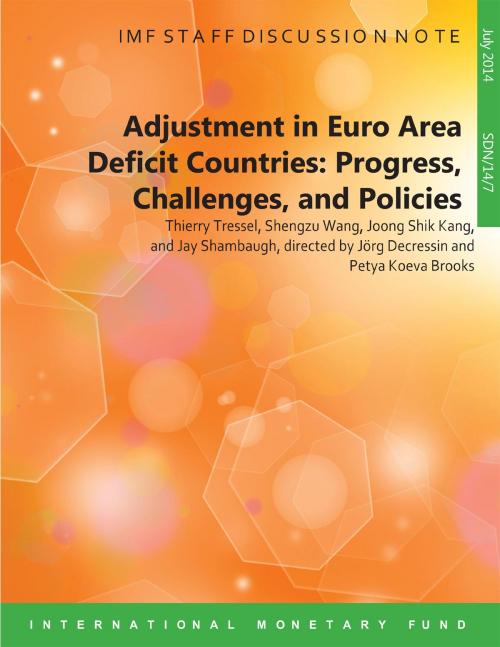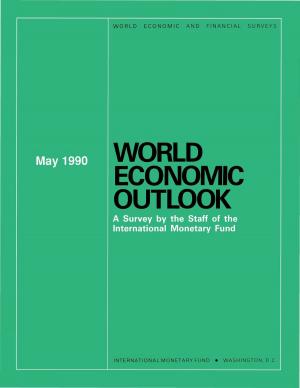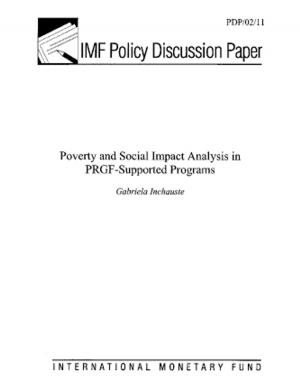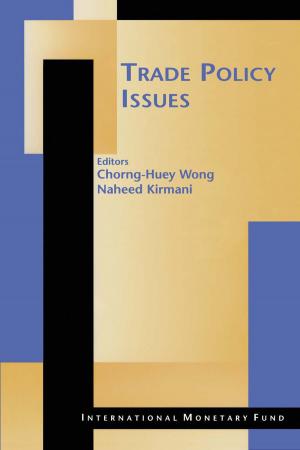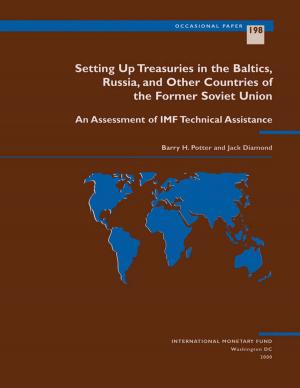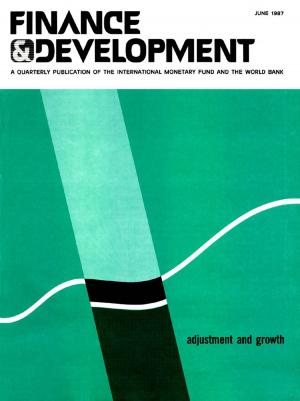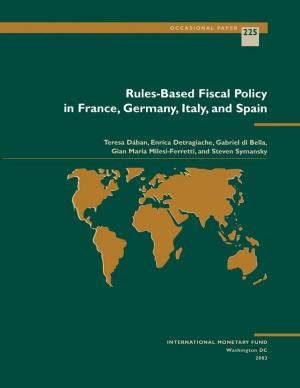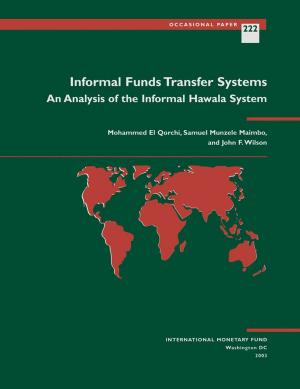Adjustment in Euro Area Deficit Countries: Progress, Challenges, and Policies
Business & Finance, Economics, Money & Monetary Policy, Macroeconomics| Author: | Thierry Mr. Tressel, Shengzu Mr. Wang, Joong Shik Kang, Jay C. Shambaugh, Jörg Mr. Decressin, Petya Koeva Brooks | ISBN: | 9781498362900 |
| Publisher: | INTERNATIONAL MONETARY FUND | Publication: | July 14, 2014 |
| Imprint: | INTERNATIONAL MONETARY FUND | Language: | English |
| Author: | Thierry Mr. Tressel, Shengzu Mr. Wang, Joong Shik Kang, Jay C. Shambaugh, Jörg Mr. Decressin, Petya Koeva Brooks |
| ISBN: | 9781498362900 |
| Publisher: | INTERNATIONAL MONETARY FUND |
| Publication: | July 14, 2014 |
| Imprint: | INTERNATIONAL MONETARY FUND |
| Language: | English |
Imbalances within the euro area have been a defining feature of the crisis. This paper provides a critical analysis of the ongoing rebalancing of euro area deficit economies (Greece, Ireland, Portugal, and Spain) that accumulated large current account deficits and external liability positions in the run-up to the crisis. It shows that relative price adjustments have been proceeding gradually. Real effective exchange rates have depreciated by 10-25 percent, driven largely by reductions in unit labor costs due to labor shedding. While exports have typically rebounded, subdued demand accounts for much of the reduction in current account deficits. Hence, the current account balance of the euro area as a whole has shifted into surplus. Internal rebalancing has come with subdued activity-notably very high unemployment in the deficit economies-and made continued adjustment more difficult. To advance rebalancing further, the paper emphasizes the need for: (1) macroeconomic policies that support demand and bring inflation in line with the ECBs medium-term price stability objective; (2) continued EMU reforms (banking union) to ensure proper financial intermediation; and (3) structural reforms in product and labor markets to improve productivity and support the reallocation of resources to tradable sectors.
Imbalances within the euro area have been a defining feature of the crisis. This paper provides a critical analysis of the ongoing rebalancing of euro area deficit economies (Greece, Ireland, Portugal, and Spain) that accumulated large current account deficits and external liability positions in the run-up to the crisis. It shows that relative price adjustments have been proceeding gradually. Real effective exchange rates have depreciated by 10-25 percent, driven largely by reductions in unit labor costs due to labor shedding. While exports have typically rebounded, subdued demand accounts for much of the reduction in current account deficits. Hence, the current account balance of the euro area as a whole has shifted into surplus. Internal rebalancing has come with subdued activity-notably very high unemployment in the deficit economies-and made continued adjustment more difficult. To advance rebalancing further, the paper emphasizes the need for: (1) macroeconomic policies that support demand and bring inflation in line with the ECBs medium-term price stability objective; (2) continued EMU reforms (banking union) to ensure proper financial intermediation; and (3) structural reforms in product and labor markets to improve productivity and support the reallocation of resources to tradable sectors.
